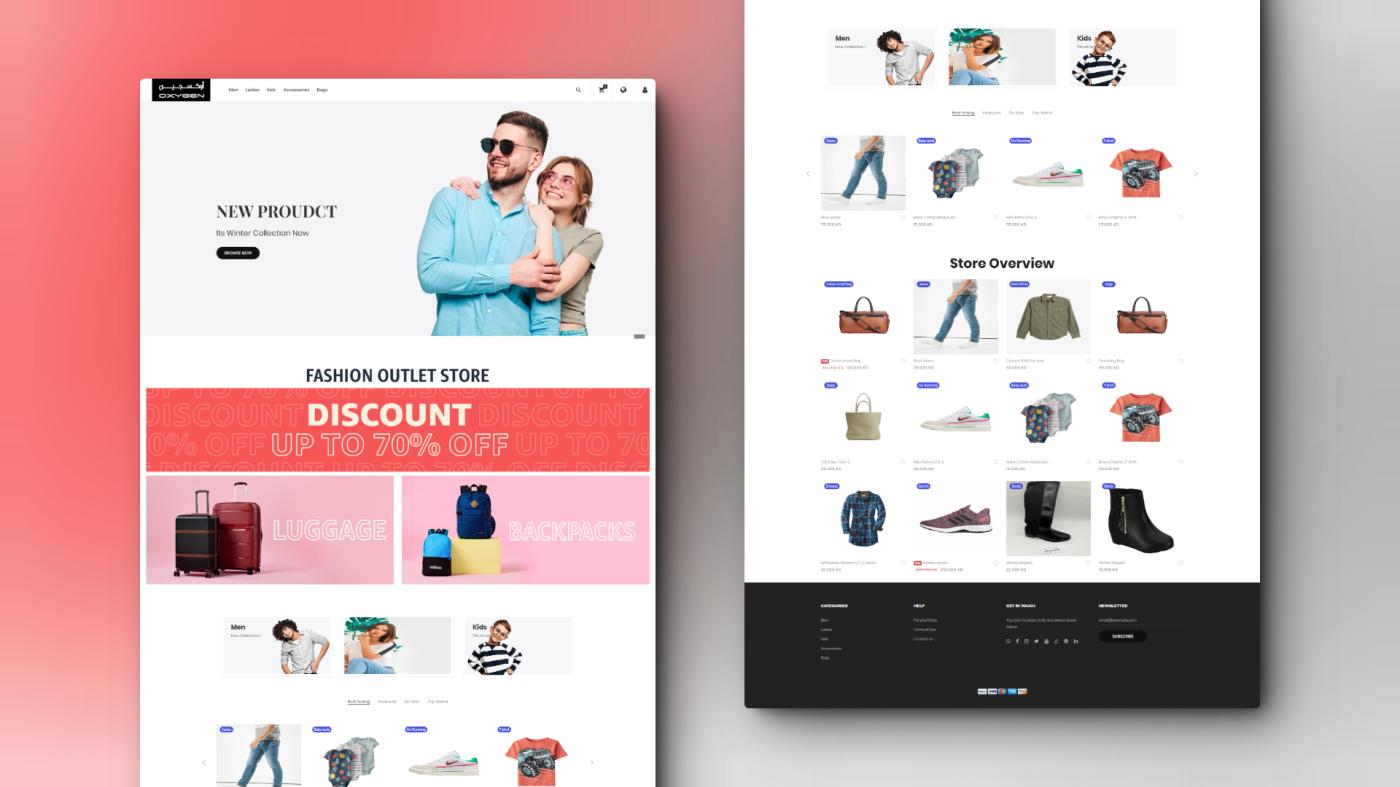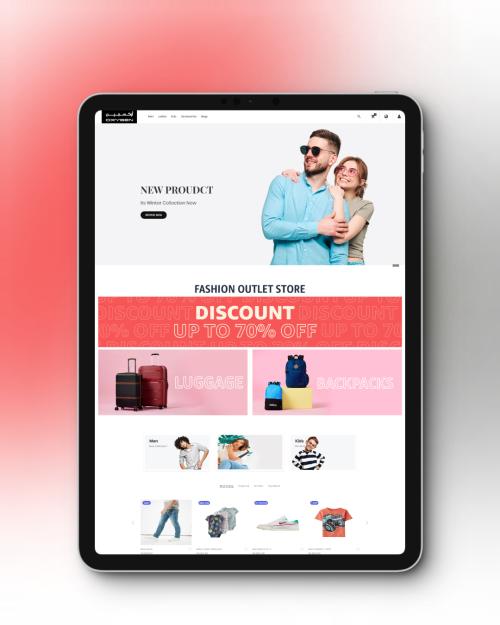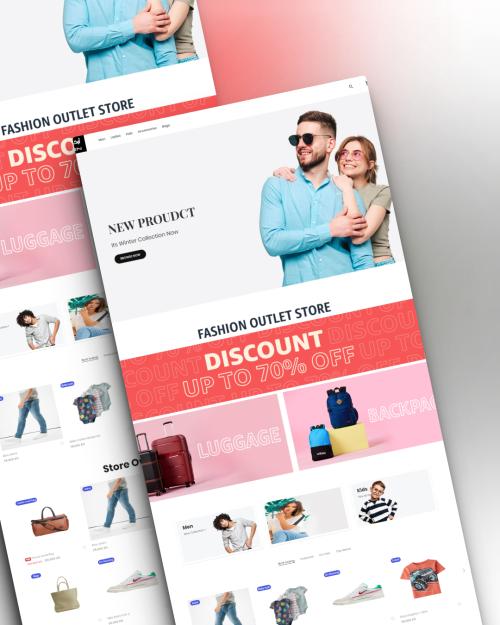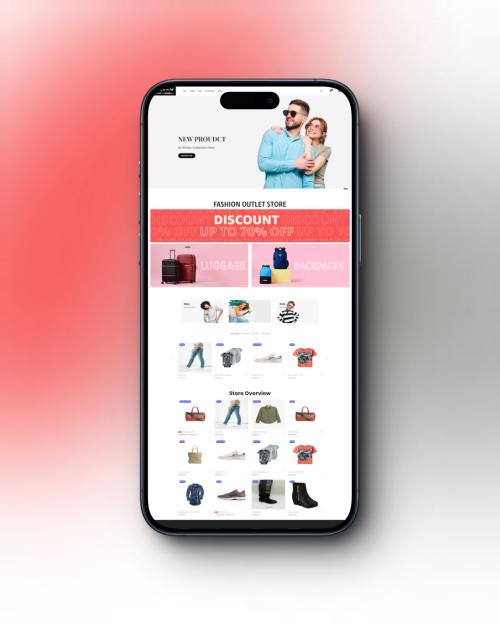
A project for designing and programming an e-commerce store with a professional control panel encompasses several key steps and features. Here's an overview of the components of this project: 1. **Requirements Identification:** - Define the types of products or services to be sold in the online store. - Specify features such as the shopping cart, payment methods, and shipping options. 2. **UI/UX Design:** - Create an attractive and user-friendly user interface design. - Ensure a seamless and efficient browsing and purchasing experience. 3. **E-commerce Development:** - Use modern development technologies such as HTML, CSS, JavaScript, and a framework if needed. - Choose an e-commerce platform like WooCommerce for WordPress, Magento, Shopify, or develop a custom solution. 4. **Payment and Shipping Integration:** - Integrate electronic payment gateways such as PayPal, Stripe, or others. - Integrate various shipping methods and provide diverse options for customers. 5. **Admin Panel Setup:** - Design and program a powerful and user-friendly control panel to manage products, orders, and customers. - Provide statistics and reports on performance and sales. 6. **Inventory Management:** - Track inventory levels accurately and update automatically upon completing sales. 7. **Advanced Order System:** - Implement an order system with automatic notifications to update order status and tracking. 8. **Payment Gateway Integration:** - Incorporate various electronic payment options to facilitate financial transactions. 9. **Customer Management:** - Provide a database to manage customer data and analyze their behavior. 10. **Reports and Analytics:** - Generate regular reports on sales performance and website analytics. 11. **Marketing Features:** - Add marketing options such as discounts and special offers for customers. 12. **Customization Options:** - Allow customization of the store to align with the brand and vision. 13. **SEO Optimization:** - Optimize search engine rankings to increase the site's visibility. 14. **Advanced Technology:** - Utilize advanced technologies like artificial intelligence to enhance the user experience. 15. **Cross-Device Compatibility:** - Ensure compatibility with various devices, including smartphones and tablets. 16. **Security and Protection:** - Integrate robust security software to protect customer data and financial transactions. 17. **Performance Optimization:** - Improve the site's speed and performance for a smooth user experience. 18. **Continuous Support:** - Provide ongoing customer support to address any issues or inquiries. In summary, this project requires effective coordination between the design and development teams, along with a focus on security, SEO, and user experience to create a successful and well-managed e-commerce store.


